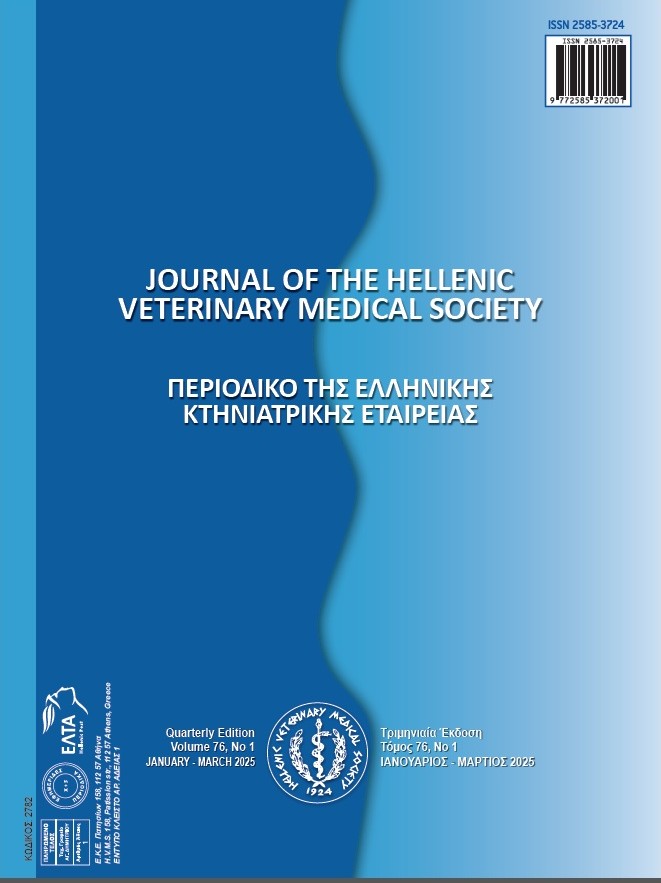The effect of processing methods of canola seed on growth performance, blood parameters, liver enzymes, and immune status of broiler chickens
Abstract
Canola meal is a protein source for poultry feeding. Canola has anti-nutritional compounds whose effects can be reduced during processing. The research aim is to investigate the processing methods of canola seed by irradiation, roasting, and enzyme methods on the broiler chicken traits. To experiment, 450 day-old broiler chickens of the Ross 308 strain were placed in 30 pens. Treatments included the control treatment (without canola seeds), the treatment containing raw canola seeds, and 3 treatments processed by enzymes, gamma rays, and roasting methods. Repeat were 6 in all treatments. The traits were growth performance, blood and immune parameters, liver enzymes, and antibody titers against Bronchitis and Gumboro disease. GLM procedure and Duncan's test (α=0.05) by SAS software were used for data analysis and to compare treatment' means, respectively. The processing methods effect was significant (P<0.01) on the protein solubility percentage in KOH, the peroxide number, and the urease activity. Also, the processing methods effect was significant (P<0.05) on the feed consumption in different rearing phases, body weight gains in the starter and grower phases, FCR in all rearing phases, the total protein concentration, uric acid, kidney enzymes, and antibody titers. In general, the gamma radiation and roasting improved the chicken's traits. The canola seed processing increases the absorption of its nutrients by reducing anti-nutrient compounds. Improving antibody titers against Bronchitis and Gumboro diseases is very effective in health management and herd vaccination, and will reduce related costs. Feed processing can change nutrient requirements by influencing activities related to feed consumption.
Article Details
- Come citare
-
Keyhani, H., Khorshidi, K., & Jafari, M. (2025). The effect of processing methods of canola seed on growth performance, blood parameters, liver enzymes, and immune status of broiler chickens. Journal of the Hellenic Veterinary Medical Society, 75(4), 8313–8324. https://doi.org/10.12681/jhvms.36756
- Fascicolo
- V. 75 N. 4 (2024)
- Sezione
- Research Articles

Questo lavoro è fornito con la licenza Creative Commons Attribuzione - Non commerciale 4.0 Internazionale.
Authors who publish with this journal agree to the following terms:
· Authors retain copyright and grant the journal right of first publication with the work simultaneously licensed under a Creative Commons Attribution Non-Commercial License that allows others to share the work with an acknowledgement of the work's authorship and initial publication in this journal.
· Authors are able to enter into separate, additional contractual arrangements for the non-exclusive distribution of the journal's published version of the work (e.g. post it to an institutional repository or publish it in a book), with an acknowledgement of its initial publication in this journal.
· Authors are permitted and encouraged to post their work online (preferably in institutional repositories or on their website) prior to and during the submission process, as it can lead to productive exchanges, as well as earlier and greater citation of published work.




